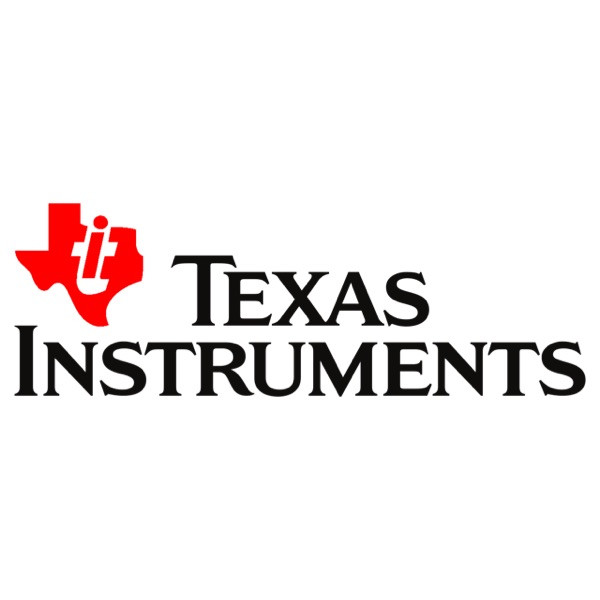Small, safe and accurate rotary position sensing with integrated resolver sensor interface
13-06-2016 | Texas Instruments | Test & Measurement
Texas Instruments has introduced a resolver sensor interface with integrated power supply, exciter amplifier and functional safety features, which they claim is an industry first. The new device is capable of simultaneously exciting the resolver sensor coil and calculating the angle and velocity of a rotating motor shaft without the external components required by competitive solutions. The PGA411-Q1 resolver-to-digital converter’s architecture helps enable designers to increase system accuracy and stability for end equipment like hybrid electric vehicle/electric vehicle (HEV/EV) traction inverters, electric power steering, integrated start-stop generators, industrial alternating current (AC) servo motor control and robotic arm control.
The device reduces bill-of-materials cost and cuts PCB space as much as 50 percent by eliminating at least 10 external and passive components. Its integrated exciter amplifier, high-voltage boost power supply with short protection, and programmable fault detection thresholds and filters allow it to support a wide range of 4Vrms and 7Vrms resolver sensors and often eliminate the need for external circuitry.
The integrated built-in self-test performs an analog and logic component self-check automatically upon startup, enabling enhanced latent fault coverage. The self-test and built-in diagnostics largely eliminate the need for external protection and enable engineers to develop systems that meet Automotive Safety Integrity Level (ASIL) D functional safety certification for International Organisation for Standardization (ISO) 26262, unlike competitive solutions.
The device architecture provides overvoltage, undervoltage and thermal protections, including separation of the high-current and high-voltage blocks from other parts of the device, like the analog front end (AFE), which are highly susceptible to damage. Additionally, the AFE’s integrated comparators remove the need for an external analog-to-digital converter, which helps enable stability by reducing the effects of quantization noise on the input signals from the sensor.
Built-in programmable features such as an internal clock, AFE, and increased diagnostics and protection enable engineers to scale the device to fit a range of resolver sensors and system needs. Designers can easily change internal parameters and move to a new platform design without the extensive engineering effort typically required to redesign hardware or debug a new system.
Developers can pair the resolver-to-digital converter with the company’s C2000 F28379 MCUs and DesignDRIVE Position Manager technology for functional safety redundancy. The DesignDRIVE Position Manager technology gives engineers access to the base functionality needed to interface to resolver sensors, saving time in development, support and testing in industrial servo and AC inverter drives.

By Electropages Admin

PGA411-Q1

